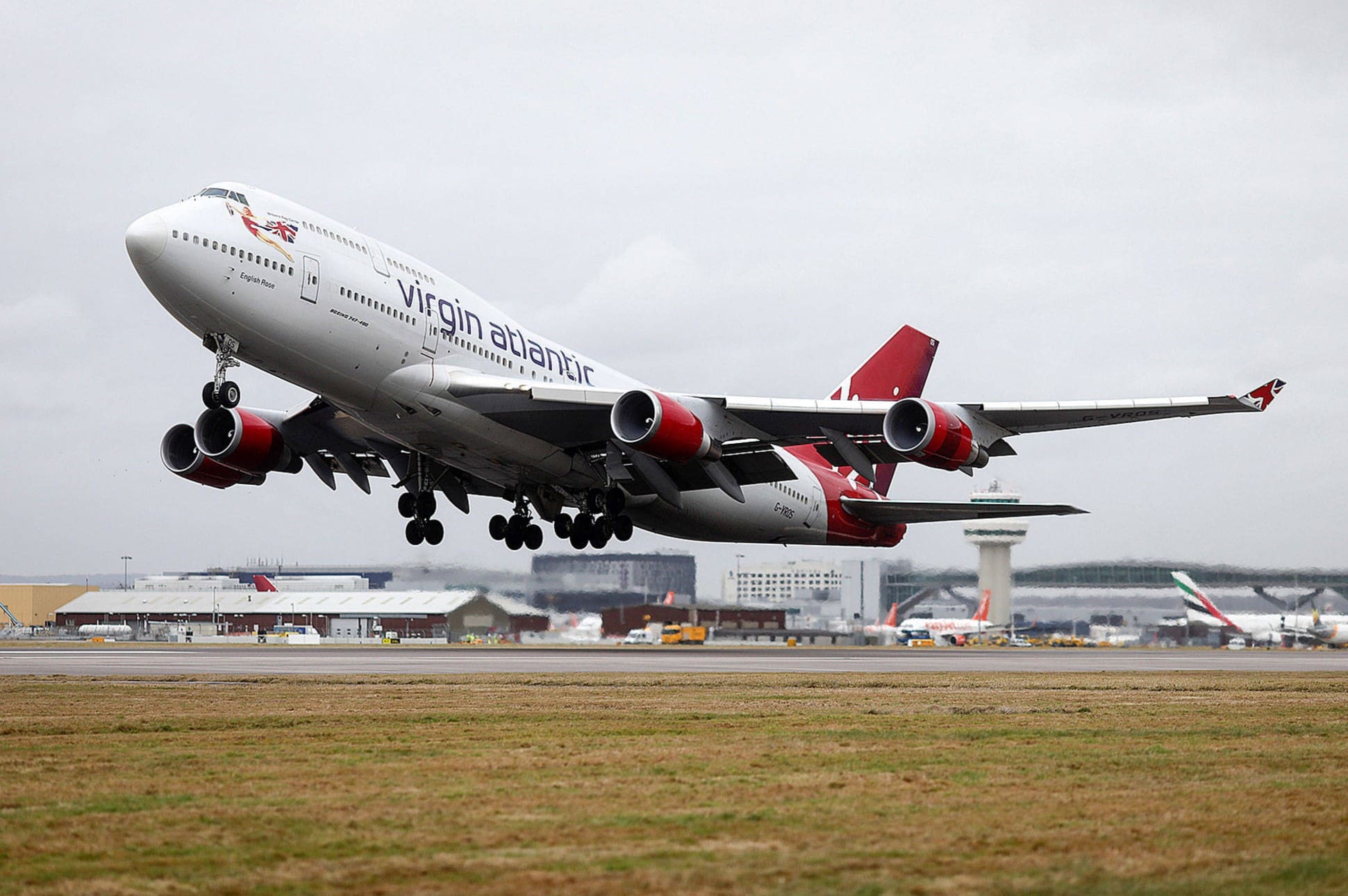
Ever wondered what happens during an emergency landing? Whether you're a frequent flyer or someone who avoids planes, understanding emergency landing procedures can be both fascinating and reassuring. Emergency landings are rare but crucial events where pilots must make quick decisions to ensure passenger safety. These procedures involve a series of well-coordinated steps, from communication with air traffic control to preparing passengers for impact. Knowing these facts can help demystify the process and reduce anxiety. In this blog post, we'll explore 16 intriguing facts about emergency landings that will give you a better grasp of what goes on behind the scenes. Buckle up and get ready to learn!
Key Takeaways:
- Emergency landings are critical procedures used when flying is no longer safe. They can happen due to mechanical failures, medical emergencies, or severe weather. Pilots undergo rigorous training to handle these situations.
- Factors leading to emergency landings include mechanical failures, medical emergencies, bird strikes, and severe weather. Pilots follow specific procedures to ensure the safety of everyone on board during an emergency landing.
What is an Emergency Landing?
Emergency landings are critical procedures pilots use when they can't continue flying safely. These situations can arise from various issues, including mechanical failures, medical emergencies, or severe weather. Here are some fascinating facts about emergency landing procedures.
-
Types of Emergency Landings
There are three main types: precautionary, forced, and ditching. Precautionary landings happen when pilots suspect something might go wrong. Forced landings occur when the aircraft can no longer stay in the air. Ditching involves landing on water. -
Pilot Training
Pilots undergo rigorous training to handle emergency landings. They practice in simulators and real aircraft to ensure they can manage various scenarios. -
Communication with Air Traffic Control (ATC)
During an emergency, pilots must communicate with ATC. They use specific codes like "7700" to indicate an emergency, ensuring immediate assistance. -
Passenger Safety Briefings
Before every flight, passengers receive safety briefings. These briefings include instructions on what to do during an emergency landing, such as how to use oxygen masks and life vests.
Factors Leading to Emergency Landings
Understanding what can cause an emergency landing helps in appreciating the complexity of these situations. Here are some common factors.
-
Mechanical Failures
Engine problems, hydraulic issues, or electrical failures can force a pilot to land immediately. Regular maintenance helps prevent these issues, but they can still occur. -
Medical Emergencies
If a passenger or crew member experiences a severe medical issue, the pilot may need to land quickly to get them medical attention. -
Bird Strikes
Birds can collide with aircraft, damaging engines or other critical components. Pilots must assess the damage and decide if an emergency landing is necessary. -
Severe Weather
Extreme weather conditions like thunderstorms, heavy snow, or strong winds can make flying dangerous, prompting an emergency landing.
Procedures During an Emergency Landing
Pilots follow specific procedures to ensure the safety of everyone on board. Here’s what typically happens.
-
Declaring an Emergency
The pilot informs ATC of the emergency, providing details about the situation and their intentions. -
Finding a Suitable Landing Site
Pilots look for the nearest airport or a flat, open area if an airport isn't available. They consider factors like terrain, weather, and distance. -
Preparing the Cabin
Flight attendants instruct passengers to brace for impact, secure loose items, and follow safety protocols. -
Executing the Landing
Pilots use their training to land the aircraft as smoothly as possible, minimizing the risk of injury.
Post-Landing Procedures
After an emergency landing, several steps ensure the safety and well-being of passengers and crew.
-
Evacuation
If necessary, the crew will evacuate the aircraft quickly. Passengers use emergency exits and slides to leave the plane. -
Medical Assistance
First responders provide medical care to anyone injured during the landing or evacuation. -
Investigation
Authorities investigate the cause of the emergency landing to prevent future incidents. This involves examining the aircraft, interviewing the crew, and reviewing flight data. -
Passenger Support
Airlines offer support to passengers, including transportation, accommodation, and counseling if needed.
Final Thoughts on Emergency Landings
Emergency landings might sound scary, but knowing the facts can make a huge difference. Pilots train rigorously to handle these situations, ensuring passenger safety. Understanding the different types of emergency landings, like forced landings and precautionary landings, helps demystify the process. Remember, the primary goal is always safety.
Airlines and aviation authorities continuously improve protocols to handle emergencies better. Passengers can also play a role by staying calm and following crew instructions. Knowledge is power, and being informed about emergency procedures can ease anxiety.
Next time you fly, take comfort in knowing that the aviation industry prioritizes safety above all. Emergency landings are rare, but preparation and training make them manageable. Stay informed, stay calm, and trust the professionals. Safe travels!
Frequently Asked Questions
Was this page helpful?
Our commitment to delivering trustworthy and engaging content is at the heart of what we do. Each fact on our site is contributed by real users like you, bringing a wealth of diverse insights and information. To ensure the highest standards of accuracy and reliability, our dedicated editors meticulously review each submission. This process guarantees that the facts we share are not only fascinating but also credible. Trust in our commitment to quality and authenticity as you explore and learn with us.


